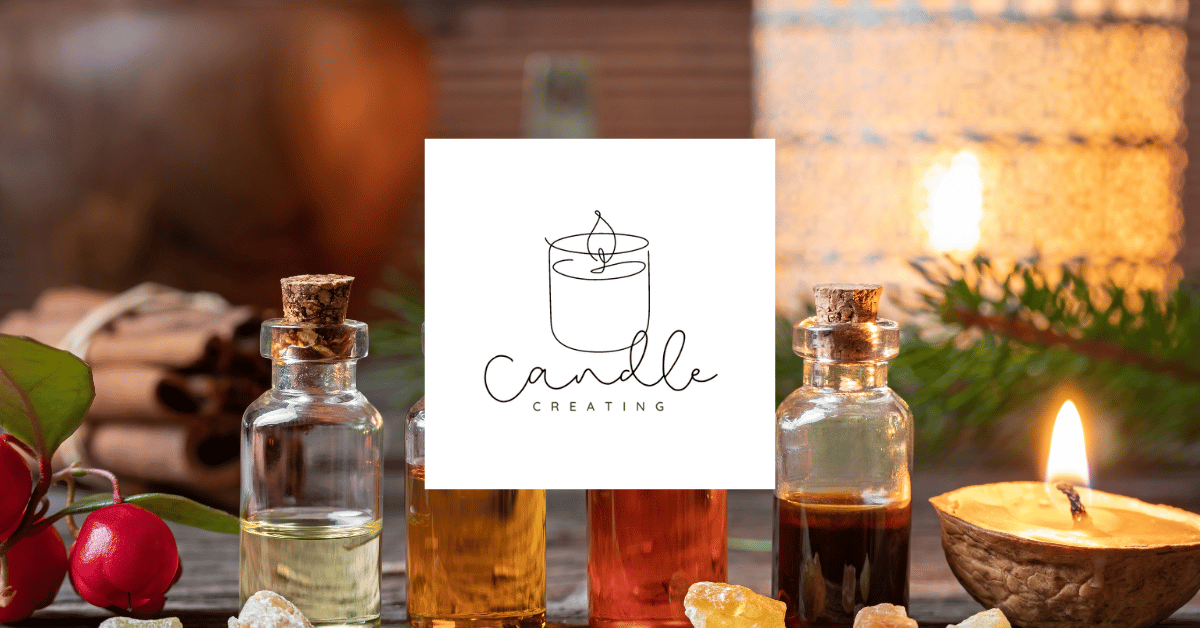Your cart is currently empty!

How to Make Candles at Home with Essential Oils
Making candles at home is a wonderful way to fill your space with warmth and personalized scents, all while embracing a relaxing, hands-on activity. Adding essential oils to your candles not only enhances their fragrance but also brings the benefits of aromatherapy into your home. Here’s an easy guide to creating beautiful, fragrant candles with essential oils, perfect for beginners or anyone looking to add a natural touch to their candle collection.
Supplies You’ll Need
Before you get started, make sure you have the following supplies:
Basic Candle-Making Supplies:
- Soy Wax Flakes or Beeswax: Soy wax is an ideal choice for beginners because it’s easy to work with and holds essential oils well. Beeswax is also a natural option, but keep in mind it has a subtle honey scent that may affect your essential oils’ aroma.
- Essential Oils: Choose high-quality oils for the best fragrance and aromatherapy benefits. Some popular options include lavender, eucalyptus, lemon, and peppermint.
- Cotton or Wooden Wick: Cotton wicks work well with soy wax, while wooden wicks give a pleasant crackling sound.
- Heat-Proof Container: Any heat-proof jar or tin will do. Mason jars, teacups, or metal tins are great choices.
- Double Boiler or Heat-Safe Bowl and Pot: You’ll need a setup to melt your wax gently.
- Thermometer: Candle-making requires specific temperatures, so a thermometer is a must.
- Wick Holder or Pencil: To keep your wick centered as the wax cools.
- Stirring Stick or Spoon
Step-by-Step Guide to Making Essential Oil Candles
Step 1: Prepare Your Workspace
Cover your workspace with newspaper or an old cloth to protect it from wax drips. Set out all your supplies so they’re within reach, and get ready to craft!
Step 2: Measure and Melt Your Wax
- Measure the amount of wax you’ll need. As a rule of thumb, for an 8-ounce container, you’ll need about 6-7 ounces of wax.
- Melt the Wax using a double boiler or a heat-safe bowl over a pot of boiling water. Stir gently and monitor the temperature, aiming for around 170°F (76°C) for soy wax.
Step 3: Add Essential Oils
Once the wax reaches around 170°F, it’s time to add your essential oils. Measure approximately 30-40 drops of essential oil per 8-ounce candle, adjusting for stronger or lighter fragrance as desired. Stir the oil thoroughly to ensure it mixes evenly with the wax.
Tip: Essential oils have a lower fragrance throw than synthetic fragrance oils, so you may need a bit more for a strong scent. Experiment to find the balance you like best!
Step 4: Attach the Wick
- Secure the Wick in the center of your container using a dab of melted wax or a wick sticker, if you have one. Keep the wick straight and centered by placing a wick holder or pencil across the top of the container to hold it upright.
Step 5: Pour the Wax into the Container
Allow the wax to cool slightly to around 140°F-150°F before pouring (this reduces sinkholes and gives a smoother surface). Carefully pour the wax into your container while keeping the wick centered. Fill to your desired level, leaving a small gap at the top.
Step 6: Let Your Candle Cool and Set
Allow the candle to cool completely, undisturbed, for at least 24 hours. Once cooled, trim the wick to about 1/4 inch to prevent large flames and sooting when you burn the candle.
Step 7: Enjoy Your Candle!
After a day or two of curing, your candle is ready to light! When you burn it, let it melt across the entire surface for an even burn and optimal scent throw. This may take 2-3 hours, so plan accordingly.
Tips for Success
- Choose Essential Oils Wisely: Not all essential oils perform the same in candles. Oils like lavender, eucalyptus, and citrus scents generally work well in candles, but some delicate or low-flash-point oils may fade or burn off quickly.
- Experiment with Blends: Mixing essential oils can create a more complex fragrance. Try combining lavender and lemon for a refreshing scent or eucalyptus and peppermint for a cool, invigorating aroma.
- Avoid Overheating Essential Oils: If added when the wax is too hot, essential oils can lose their potency or burn off, reducing the fragrance throw of your candle.
- Test Your Formula: Candle-making involves trial and error, so make small batches and adjust based on the strength of the scent and burn quality.
Popular Essential Oil Blends for Candles
Here are a few favorite essential oil combinations to inspire you:
| Blend Name | Essential Oils | Mood/Ambiance |
|---|---|---|
| Relaxation | Lavender + Chamomile | Calming, peaceful |
| Energizing Citrus | Lemon + Grapefruit + Bergamot | Uplifting, energizing |
| Refresh & Revive | Eucalyptus + Peppermint | Invigorating, refreshing |
| Cozy Autumn | Cinnamon + Clove + Orange | Warm, spicy |
| Sleep Aid | Lavender + Cedarwood + Ylang Ylang | Sleep-inducing, grounding |
Final Thoughts: Making Candles with Essential Oils
Creating candles at home with essential oils is an enjoyable, therapeutic process, and the results are worth every step. Plus, homemade candles make perfect gifts for friends and family or a lovely treat for yourself. Remember to experiment, find your favorite scents, and enjoy the process of crafting something uniquely yours.
Happy candle-making, and may your home be filled with the perfect blend of light, warmth, and fragrance!
How to Avoid Common Candle Making Mistakes – Handmade Candles








